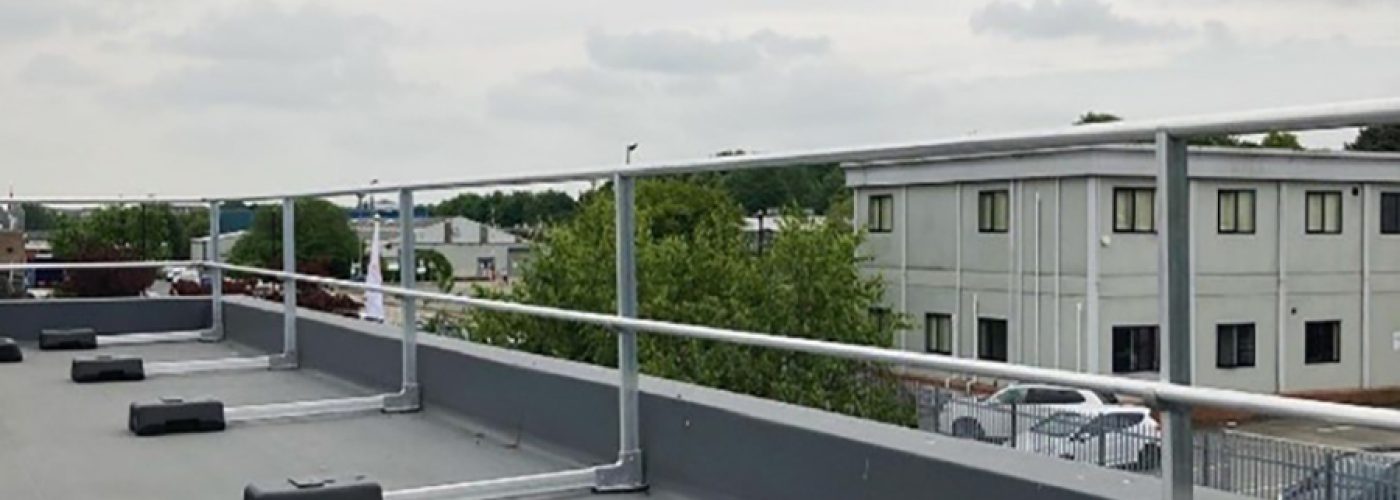You can use handrails in your commercial property to improve health and safety. Handrails are also beneficial for reducing the risk of slips, trips, and falls, which can lead to serious injuries.
Sturdy handrails provide an anchor that workers and visitors can rely on if they feel unsteady. They are great aids for older adults with limited mobility or individuals who are struggling to navigate your premises.
You can get a wide range of different types of handrails nowadays. Each one offers unique benefits and functions that you should consider before installing any on your commercial property. One of the most common types of handrails used in commercial buildings is the free-standing handrail.
Knowing where to place free-standing handrails is essential for providing the safest and most convenient environment in your building, provided they meet building safety standards. The question is, ‘Where are the best places to install free-standing handrails?’
- Entrances and Exits
One of the most crucial handrail locations on your commercial property is by entrances and exits. Free-standing handrails enable your employees and visitors to enter and exit your building safely, avoiding accidents and injuries that could lead to costly compensation claims.
Entrances and exits are high-traffic areas, and handrails provide support and stability during peak times for people with a wide range of needs. They also enhance the appearance of your building’s exterior by framing the doors and increasing professionalism.
- Along Staircases
Stairways can be some of the riskiest areas in a property because there is a higher risk of slips, trips, and falls. Placing free-standing handrails along stairs on your property, both indoors and outdoors, provides stability and minimizes injury risks as people maneuvre around your building.
Similarly, you can also use free-standing handrails along elevators and escalators in case people require additional support when standing on them.
- Along Ramps
Ramps are necessary as part of the Americans with Disabilities Act (ADA) which requires you to make your property accessible to individuals with disabilities. Ramps enable those in wheelchairs to get into and out of your building easily.
Free-standing handrails are the best choice for ramps that aren’t placed directly next to a wall, as they don’t require an anchor to be fitted. You should install handrails along the entire length of the ramp so your employees and guests can ascend or descend the ramps without injury risks in the office or on the shop floor.
- Down Corridors and Hallways
Long corridors and hallways can be daunting for people with mobility or balance issues, especially if there is nothing to grab onto as they are walking from one room to another. Installing free-standing handrails provides support along passageways so everybody can stay safe, and you can avoid any personal injury claims.
Consider installing wall-mounted handrails along narrower corridors and hallways to save floor space and ensure every area of your property is accessible for those with wheelchairs.





